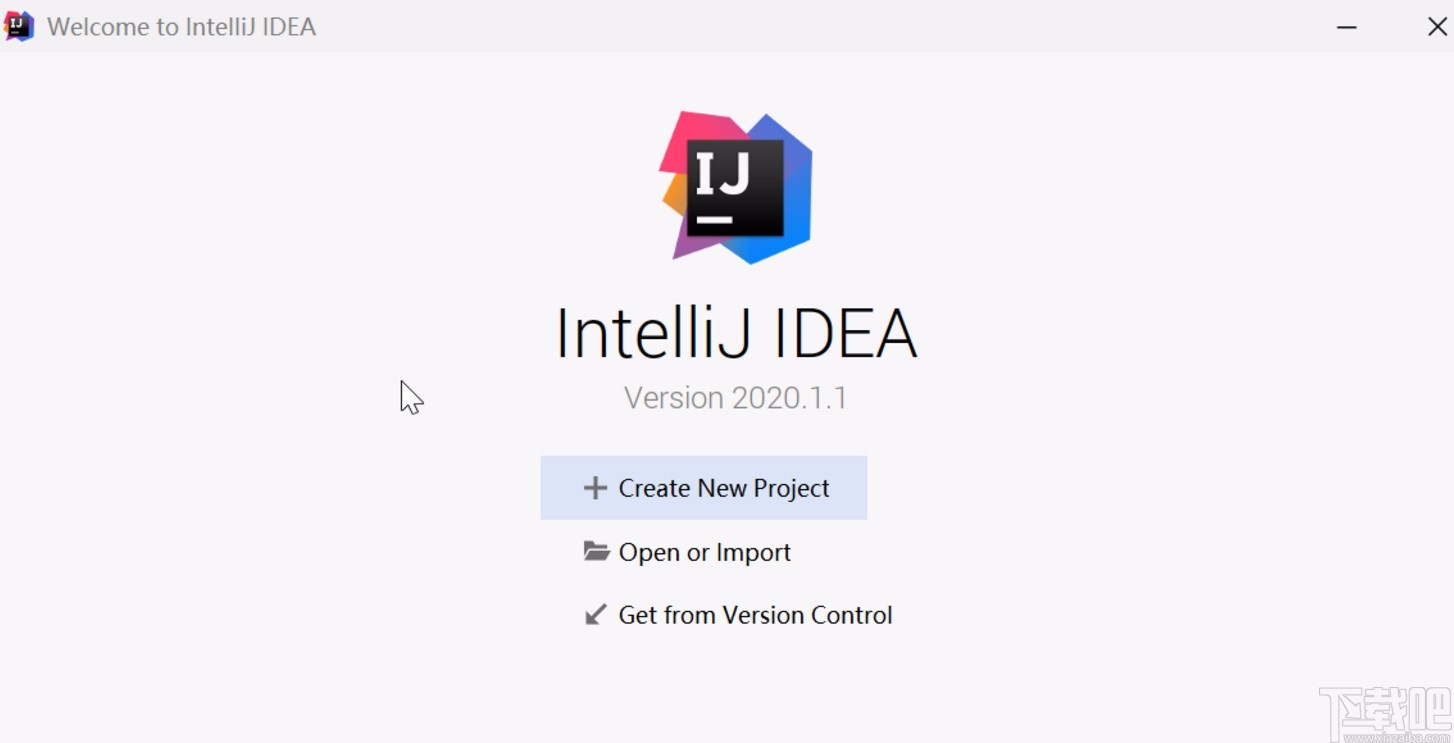Python轻量级web框架bottle使用方法解析
Bottle是一个轻量级的Web框架,此框架只由一个 bottle.py 文件构成,不依赖任何第三方模块。
#!/usr/bin/env python# -*- coding:utf-8 -*-from bottle import template, Bottleapp = Bottle()@app.route(’/say’)def index(): return 'Hello World' # return template(’<b>Hello {{name}}</b>!’, name='bottle')if __name__ == ’__main__’: app.run(server='tornado',host=’0.0.0.0’, port=8888)
1、路由系统
路由系统是的url对应指定函数,当用户请求某个url时,就由指定函数处理当前请求,对于Bottle的路由系统可以分为一下几类:
静态路由 动态路由 请求方法路由 二级路由1.1静态路由
@app.route('/login') # 默认为get请求def hello(): return ''' <form action='/login' method='post'> Username:<input name='username' type='text' /> Password:<input name='password' type='password' /> <input value='Login' type='submit'/> </form> '''@app.route('/login',method='POST')def do_login(): username = request.forms.get('username') password = request.forms.get('password') print(username,password) if username and password: return '<p>login success</p>' else: return '<p>login failure</p>'
1.2动态路由
@app.route(’/say/<name>’)def callback(name): return template(’<b>Hello {{name}}</b>!’) @app.route(’/say/<id:int>’)def callback(id): return template(’<b>Hello {{id}}</b>!’) @app.route(’/say/<name:re:[a-z]+>’)def callback(name): return template(’<b>Hello {{name}}</b>!’) @app.route(’/static/<path:path>’)def callback(path): return static_file(path, root=’static’)
1.3请求方法路由
@app.route(’/hello/’, method=’POST’) # 等同于@app.post(’/hello/’)def index(): ... @app.get(’/hello/’) # 等同于@app.route(’/hello/’,method=’GET’)def index(): ... @app.post(’/hello/’) # 等同于@app.route(’/hello/’,method=’POST’)def index(): ... @app.put(’/hello/’) # 等同于@app.route(’/hello/’,method=’PUT’)def index(): ... @app.delete(’/hello/’) def index(): ...
1.4二级路由
#!/usr/bin/env python# -*- coding:utf-8 -*-from bottle import template, Bottleapp01 = Bottle()@app01.route(’/hello/’, method=’GET’)def index(): return template(’<b>App01</b>!’)app01.py
#!/usr/bin/env python# -*- coding:utf-8 -*-from bottle import template, Bottleapp02 = Bottle()@app02.route(’/hello/’, method=’GET’)def index(): return template(’<b>App02</b>!’)app02.py
#!/usr/bin/env python# -*- coding:utf-8 -*-from bottle import template, Bottlefrom bottle import static_fileapp = Bottle() @app.route(’/hello/’)def index(): return template(’<b>Root {{name}}</b>!’, name='bottle') from root_dir import app01from root_dir import app02 app.mount(’app01’, app01.app01)app.mount(’app02’, app02.app02) app.run(host=’localhost’, port=8888)
1.5静态文件映射,static_file()函数用于响应静态文件的请求
# 静态文件映射,static_file()函数用于响应静态文件 的请求@app.route('/static/<filename:re:.*.jpg>')def send_image(filename): return static_file(filename, root=os.getcwd(), mimetype='image/jpg')@app.route('/static/<filename:path>') # 可匹配路径def send_image(filename): return static_file(filename, root=os.getcwd(), mimetype='image/jpg')# 强制下载@app.route('/static/<filename:path>') # 可匹配路径def download(filename): return static_file(filename, root=os.getcwd(), download=filename)
1.6使用error()函数自定义错误页面
@app.error(404)def error404(error):return '我找不到目标了,我发生错误了'
1.7HTTP错误和重定向
abort()函数是生成HTTP错误的页面的一个捷径
@app.route('/restricted')def restricted() abort(401,'Sorry, access denied')# 将url重定向到其他url,可以在location中设置新的url,接着返回一个303 # redirect()函数可以帮助我们做这件事@app.route('/wrong/url')def wrong() redirect('/right/url')
其他异常
除了HTTPResponse或者HTTPError以外的其他异常,都会导致500错误,因此不会造成WSGI服务器崩溃
将bottle.app().catchall的值设为False来关闭这种行为,以便在中间件中处理异常
2.cookies
@app.route('/login', method='POST')def do_login(): username = request.forms.get('username') password = request.forms.get('password') print(username, password) if username and password: response.set_cookie('name',username, secret= ’some-secret-key’) # 设置cookie return '<p>login success</p>' else: return '<p>login failure</p>'@app.route('/static/<filename:re:.*.jpg>')def send_image(filename): username = request.get_cookie('name', secret= ’some-secret-key’) # 获取cookie if username: return static_file(filename, root=os.getcwd(), mimetype='image/jpg') else: return 'verify failed'
bottle就的 set_cookie 的默认 path 是当前路径,也就是说,在这个页面上存入的 cookie 在别的页面通常是取不到的,不熟悉这点的人几乎都要栽在这里。而且更坑的是:set_cookie 有 path 参数可以指定 path ,但 get_cookie 却没有这个 path 参数可选——也就是说,你即使设置了其它 path ,如果 get_cookie 的时候不是刚好在那个 path 下的话,也取不到……
解决方法:把所有的 cookie 都放到'/'下面,至少目前用下来感觉没问题。
注:request.query 或 request.forms 都是一个 FormDict 类型,
其特点是:当以属性方式访问数据时——如 request.query.name,返回的结果是 unicode ,当以字典试访问数据时,如 :request.query[’name’]或者request.query.get('name'),则返回的结果是原编码字符串
以上就是本文的全部内容,希望对大家的学习有所帮助,也希望大家多多支持好吧啦网。
相关文章:

 网公网安备
网公网安备